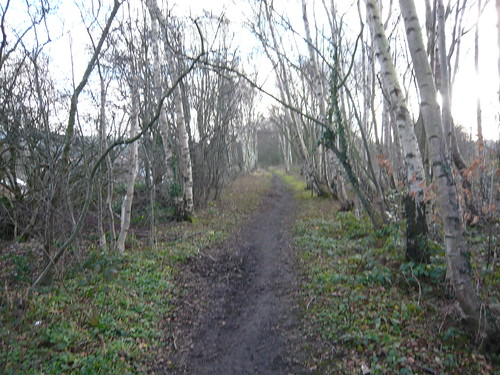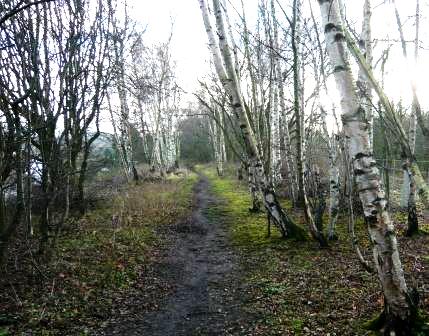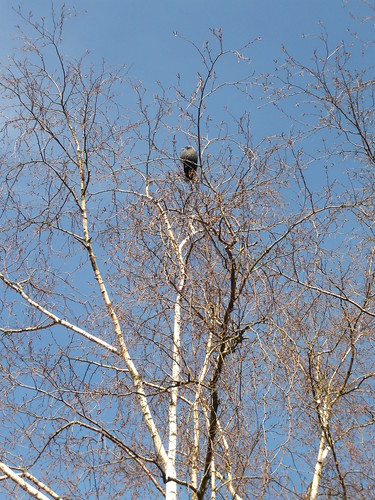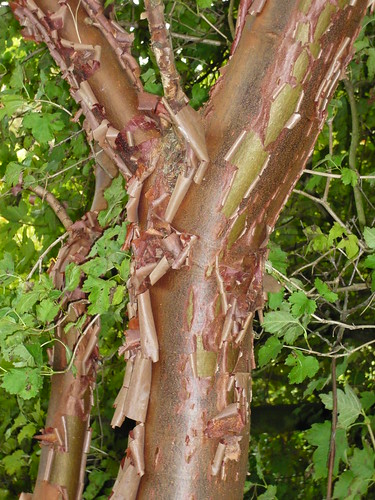Silver Birch – 8 Species Review
Silver Birch look the part on a cold and frosty morning. The white or silvery trunk looks good singly or when grouped together.

Key Features of the Silver Birch
- Latin name Betula pendula other common names Curly birch, Paper Birch, Weeping Birch or Ribbon Tree
- Height up to 100 feet 30m narrow spread.
- Type of tree – Deciduous broad leaf
- Leaves – Green and triangular shaped with toothed edges.
- Flowers Male and female catkins borne on the same tree.
Male are yellow and drooping female green and upright, later pendulous when fertilised. - Fruit Winged seeds borne in catkins
- Bark Silver white with black fissures.
- Family Betulacea
Origins and Distribution of the Silver Birch
- European origin found throughout Europe, western and northern Asia.
- Seeds prolifically and is found in Canada, Scandinavia, Turkey and widely spread as a specimen ornamental.
Uses and Commercial Attributes of the Silver Birch
- Used for making barrels and furniture. The wood is too soft for use in construction
- The fine twiggy branches are used for brooms and besoms as well as racecourse jumps.
- Used as an ornamental tree in parks and gardens.
- Silver birch is popular in Finland where it is the national tree used in forestry and as branches to beat yourself in the sauna.
- Â Historically the paper like bark was used in ancient times for writing Sanskrit texts and it is still used today for sacred mantras.
Gardeners Tips for the Silver Birch
- Silver Birch grow in a cool climate and enjoy an occasional winter snowfall.
- They are fast growing, shallow rooted that may require water during dry periods.
- They grow best and show most colour in full sun planted in deep, well-drained soil..
- Trees are short lived and rot from damage so dislike pruning.
- They are often planted amongst leafy rhododendrons and conifers where the white bark is particularly striking.
- The deciduous foliage turns yellow in autumn.
Other types of Birch and Species
- There are 40 different Birches including Himalayan Birch, Betula utilis which has white bark without the fissures
- Betula platyphylla and Betula szechuanica are species common in Asia.
- Paper Birch has flaky bark that was used in tanning Betula papyrifera.
- Silver Birch can be confused with Downy Birch Betula pubescence
- Betula alleghaniensis has a yellow bark that glows in the sun
- Betula dahurica has peeling bark
- Betula ermanii is a larger tree with a pink trunk
- Betulaalbosinensis ‘Pink Champagne’ is another winter spectacular
- Betula Jacqumontii is a tall, slender Himalayan birch tree with stunning white peeling bark.
Silver Birch comments from elsewhere
- Birch is believed to protect against evil spirits and the evil eye but it also symbolises love and fertility. In medieval times, a bundle of birch twigs was carried by the local magistrate on his way to court as a symbol of his authority and as a means of correction. The use of the birch as a punishment probably originates in the need to drive out evil spirits.
There are over 60 species of birch or Betula as they are known

Silver Birch or Betula pendula has gleaming white trunk and stems that look good in winter with yellowing leaves in autumn that add seasonal colour. As a native British tree birches are good for the environment and encourage wild life.
Growing Silver Birches
- In a large garden a full grown Silver Birch can offer shelter to smaller less robust trees and shrubs.
- Silver Birch prefer light sandy soil but are quite tolerant of most soil conditions.
- Normally cultivated to above 30 feet tall Silver Birch seek out light, bright conditions.
- Small ‘whips’ or saplings can be planted in Winter or Autumn and mature trees seed quite freely.
- Tie young trees to a stake.
- The branches can be tied together to make a beesom. The timber is white and used for craft work and furniture making.
- A weeping Silver birch Betula pendula ‘Youngii’ produces a dome shaped or mushroom headed tree of lesser proportions.
- The purple leaved Betula pendula ‘Pupurea’ may be sought out as an ornamental specialty.
- Betula pubescence or Common White Birch has a reddish tinge to the bark and prefers damper soil.
Other Birches to Consider
- The Betula papyrifera is a striking larger tree with white bark. Sometimes sold as Paper Birch or Canoe Birch the bark can peel and has appeal.
- Betula albosinensis var. septentrionalis or the Chinese red birchhas superior bark
- For large catkins try the more shrubby Betula medwediewii with corrugated leaves that turn yellow in Autumn.
- The best large tree may be the Betula ermanii with pinkish white trunk and orange branches.
- At Westonbirt Arboretum you can see many Birches including Dahurica, Alleghaniensis and Utils. Make a visit to see them in situ before you choose a plant for yourself.
- Our Root and branch review of Betula
- For more information on native birch trees read Celebrating Birch
- Follow the full story of Bark on our other pages


